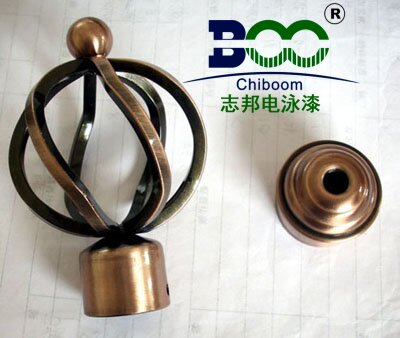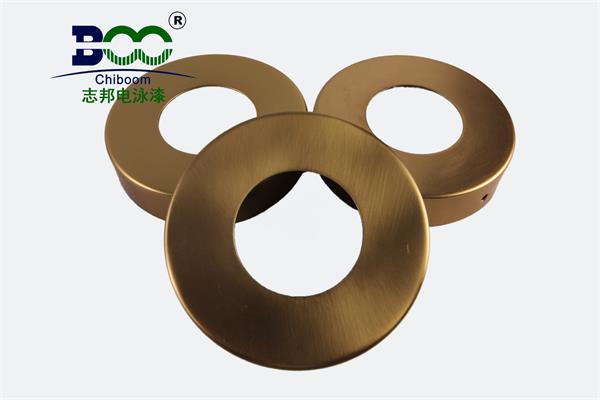Electrophoretic Painting: Uncovering the Mystery Behind This Efficient Coating Technique
In the realm of modern industrial manufacturing, electrophoretic painting, as an efficient and eco-friendly coating technology, is increasingly becoming the preferred choice for surface treatment across numerous industries. Electrophoretic painting, as the name implies, uniformly deposits paint onto the surface of workpieces through the electrophoretic principle, creating a robust, aesthetic, and corrosion-resistant coating. So, how exactly does electrophoretic painting come about? What lies behind its principles?
The core of electrophoretic painting lies in the electrophoretic phenomenon. Electrophoresis refers to the directed movement of charged particles in a dispersive medium under the action of an electric field. In electrophoretic painting, this principle is cleverly applied to the deposition of paint. Firstly, the metal workpiece to be coated is suspended at the cathode of the electrophoretic tank, while the paint is suspended in an aqueous solution and carries a positive charge. When a direct current power supply is connected, the paint particles begin to move towards the negatively charged workpiece surface under the action of the electric field force.
As the paint particles continue to move and deposit, a uniform and dense coating gradually forms on the surface of the workpiece. This process is known as electrodeposition. During electrodeposition, the paint particles, under the action of the electric field force, are attracted to the workpiece surface and undergo a neutralization reaction, forming a water-insoluble coating film. This coating film is not only stable and dense but also firmly adheres to the workpiece surface, providing excellent corrosion resistance for the workpiece.

However, the process of electrophoretic painting is not without challenges. Alongside electrophoresis, there are also accompanying chemical and physical changes such as electrolysis and electroosmosis. Electrolysis refers to the decomposition reaction of water under the action of an electric field, generating hydrogen and oxygen. Although this process has no direct impact on the formation of the coating, the generated gases may be entrapped in the coating, leading to defects such as pinholes and roughness. Therefore, during electrophoretic painting, it is necessary to strictly control the impurity ion content of the electrophoretic solution to reduce the impact of electrolysis on coating quality.
Electroosmosis is another important aspect of the electrophoretic painting process. Under the action of an electric field, water molecules and solvent molecules in the coating deposited on the workpiece surface move in the opposite direction to the electrophoretic particle migration, passing through the deposited coating and entering the electrophoretic tank solution. This process helps further reduce the water content in the coating, making it more dense and smooth.
The advantages of electrophoretic painting lie in its efficiency, environmental friendliness, and wide range of applications. Compared to traditional spray painting techniques, electrophoretic painting achieves efficient utilization of paint, reducing paint waste and environmental pollution. Additionally, electrophoretic painting is suitable for coating workpieces with complex shapes, edges, and holes, meeting the high requirements for coating quality in different industries.

With the continuous development and innovation of electrophoretic painting technology, new generations of electrophoretic paints have significantly improved in swim-through rate, edge corrosion resistance, and pigment-to-binder ratio. These improvements have made electrophoretic painting technology widely applicable in more fields, providing more efficient and eco-friendly coating solutions for modern industrial manufacturing.
In summary, the emergence of electrophoretic paintingtechnology is inseparable from the support of the scientific principle of electrophoresis. Through the action of the electric field force, paint particles achieve uniform deposition on the workpiece surface, forming a robust, aesthetic, and corrosion-resistant coating. The widespread application and continuous innovation of this technology are driving modern industrial manufacturing towards more efficient and eco-friendly directions.





 WeChat
WeChat